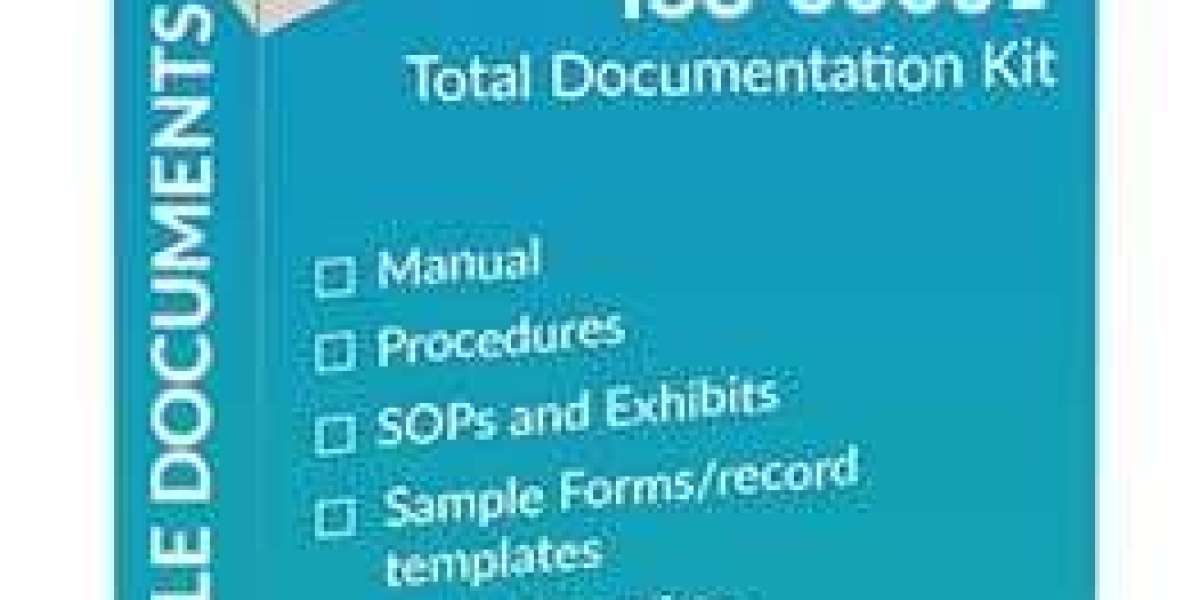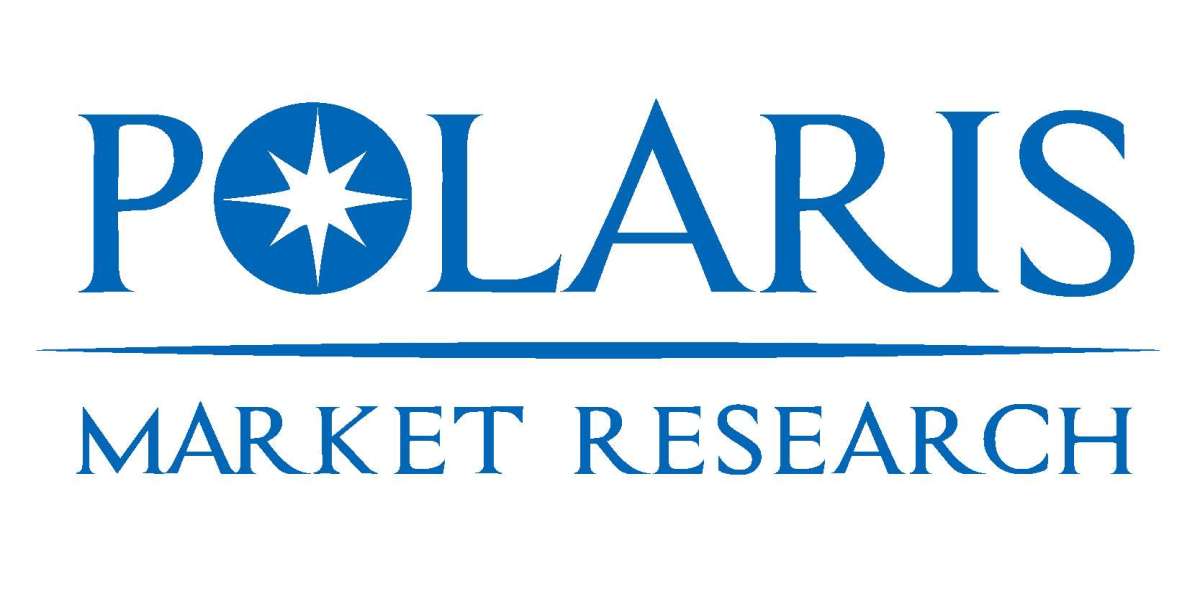Implementing ISO 50001 means managing energy like any key process – through clear, repeatable procedures. Properly documented procedures ensure that everyone knows how to perform energy-related tasks consistently. Good documentation provides guidance on how to carry out energy planning, monitoring and improvement in line with the standard. Well-written ISO 50001 procedures help keep staff informed, ensure compliance during audits, and drive continuous improvement in energy performance.
Why Good Documentation Matters
- Clarity and Consistency: Written procedures make it clear who does what and how. Everyone from operators to managers follows the same steps when, for example, conducting an energy review or checking meters. This consistency reduces confusion and mistakes.
- Training and Accountability: Procedures serve as training guides. New employees or contractors can refer to them to understand energy responsibilities. Having a document also assigns accountability – it shows who is responsible for each task.
- Audit and Compliance: Auditors and regulators look for documented evidence that your organization follows ISO 50001 requirements. Well-documented procedures demonstrate that energy management activities are planned and controlled.
- Continuous Improvement: Procedures that include review and feedback loops make it easier to spot what’s working and what isn’t. When you document your monitoring methods and corrective actions, you create a record of changes. This record helps improve energy management over time, part of the Plan-Do-Check-Act cycle in ISO 50001.
Documenting procedures also prevents the loss of knowledge when staff change or when new energy projects arise. Keeping procedures up to date ties daily activities back to your energy policy and objectives.
Tips for Effective Procedure Documentation
- Clear Structure: Start each procedure with its purpose and scope. Define roles (who is responsible, who needs to be informed). This ensures everyone knows their part.
- Simple Language: Use straightforward, step-by-step instructions. Avoid unnecessary jargon. If you do use technical terms, include a glossary or define them.
- Consistent Formatting: Use headings, numbered steps or bullet lists for actions, and tables or flowcharts if helpful. A consistent template (e.g. each procedure has section headers for Scope, Responsibilities, Steps) makes documents easier to read and maintain.
- Cross-References: Where applicable, reference related documents or forms. For instance, a procedure might say “fill out the Energy Audit Form” or link to the energy policy. This ties the whole system together.
- Version Control: Track revisions with dates and approval signatures. Indicate version number on each page. Good document control prevents people from following outdated instructions.
- Regular Review: Include a review schedule. For example, review each procedure annually or after major changes in equipment or regulations. Make sure the document reflects the current process.
- Accessibility: Store procedures where staff can easily access them (online portal, binder in a control room, etc.). Train employees on how to find and use the documents. Encourage feedback so that the procedures evolve with actual needs.
By following these tips, your procedures become living tools – easy to follow and update – rather than neglected paperwork. When procedures match real-world practice, staff are more likely to use them correctly and consistently.
Conclusion
Well-documented ISO 50001 procedures are the backbone of a successful energy management system. Clear documentation ensures that energy reviews, monitoring, and corrective actions happen reliably across the organization. It also provides the evidence auditors look for when verifying compliance. By investing effort into writing concise, accessible procedures and keeping them up to date, organizations make it easier for everyone to contribute to energy goals. In the end, effective documentation helps turn policy and plans into measurable energy savings.



